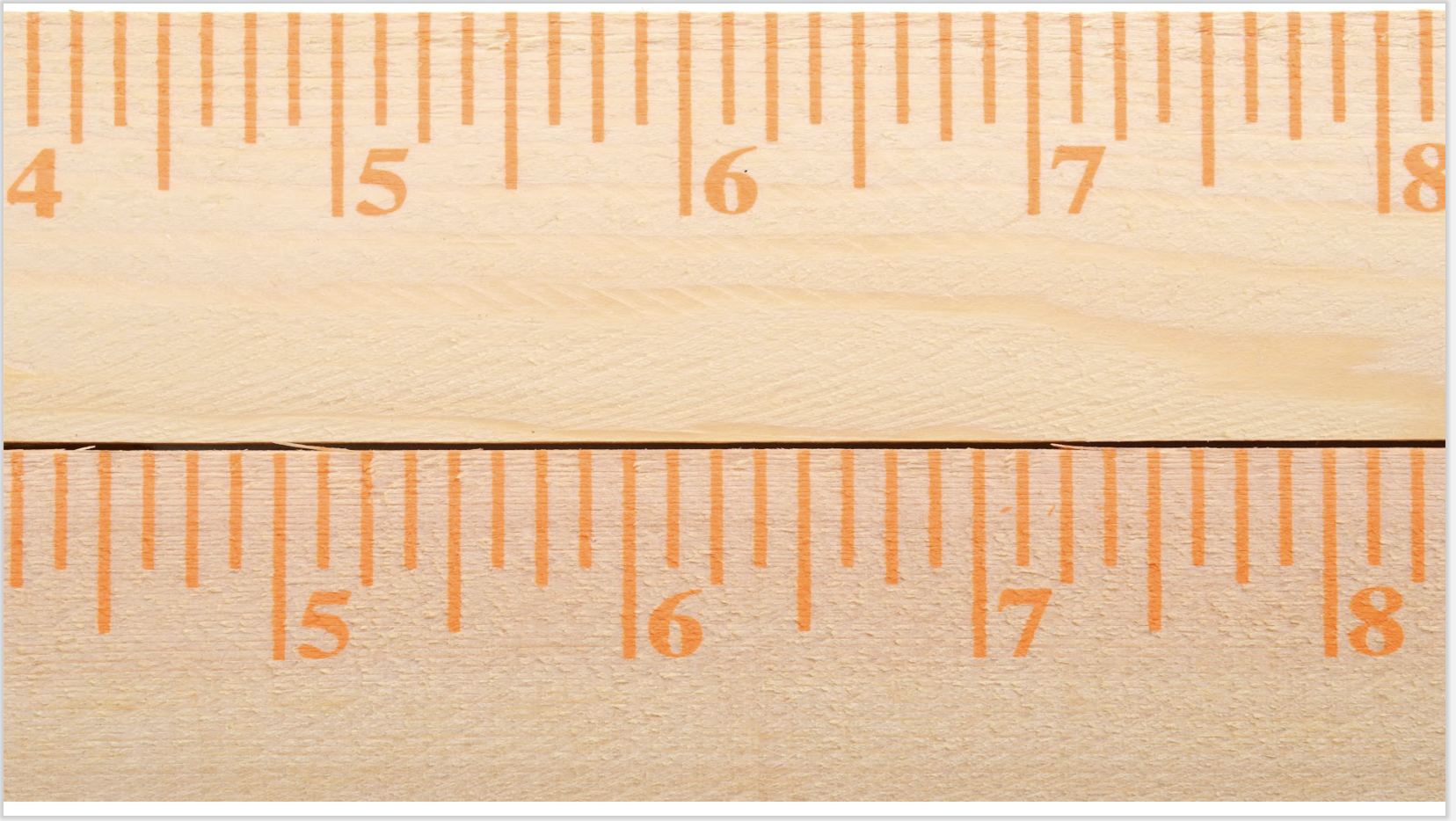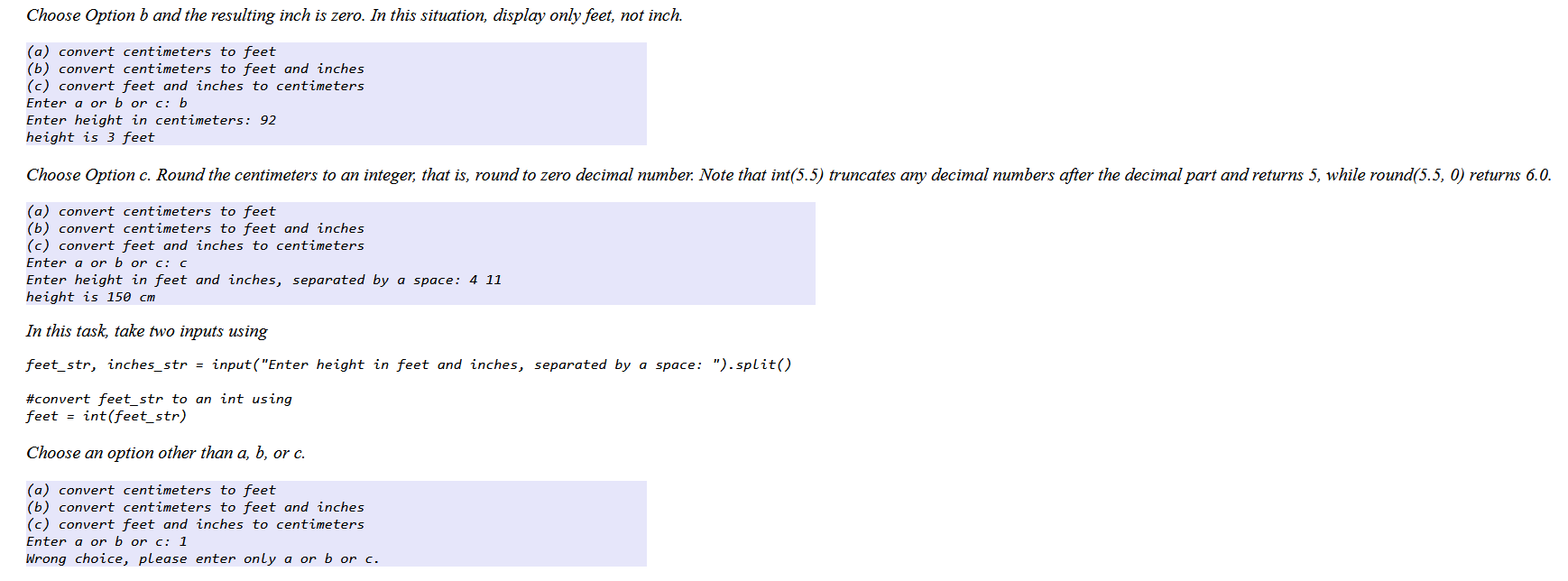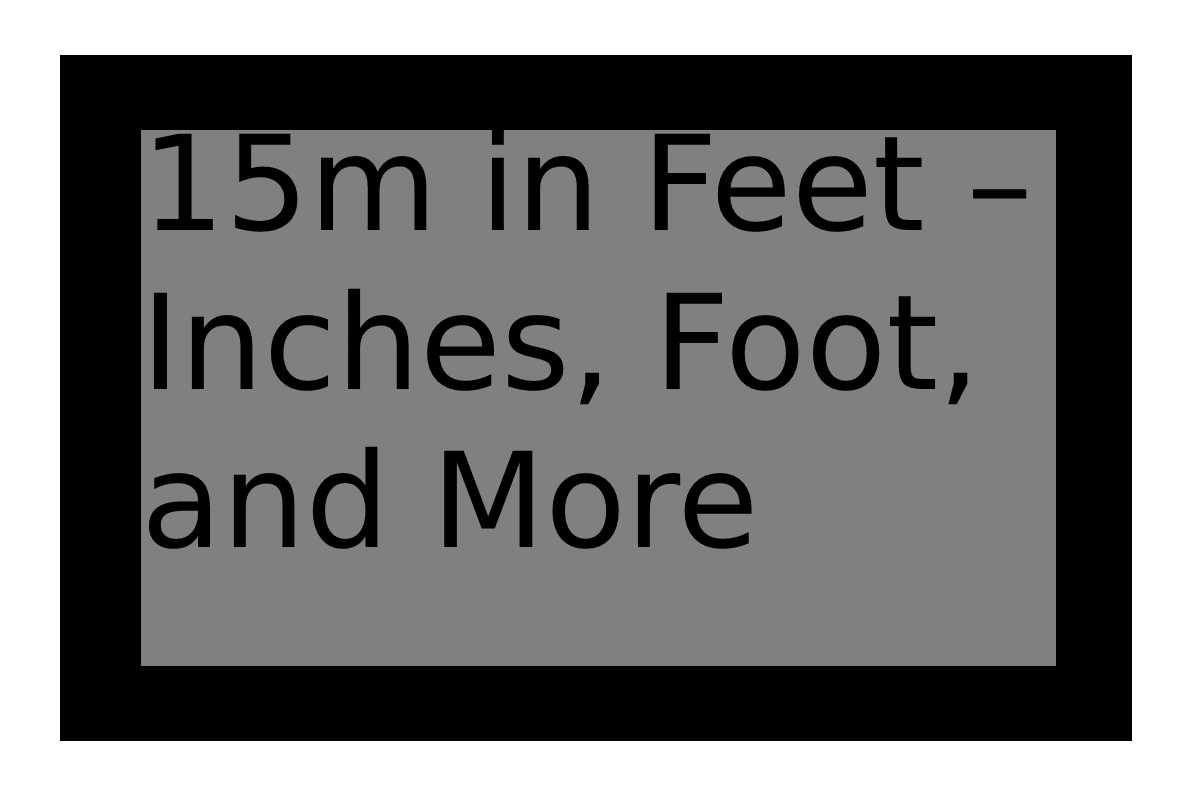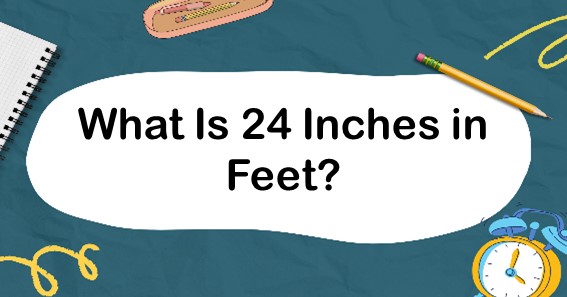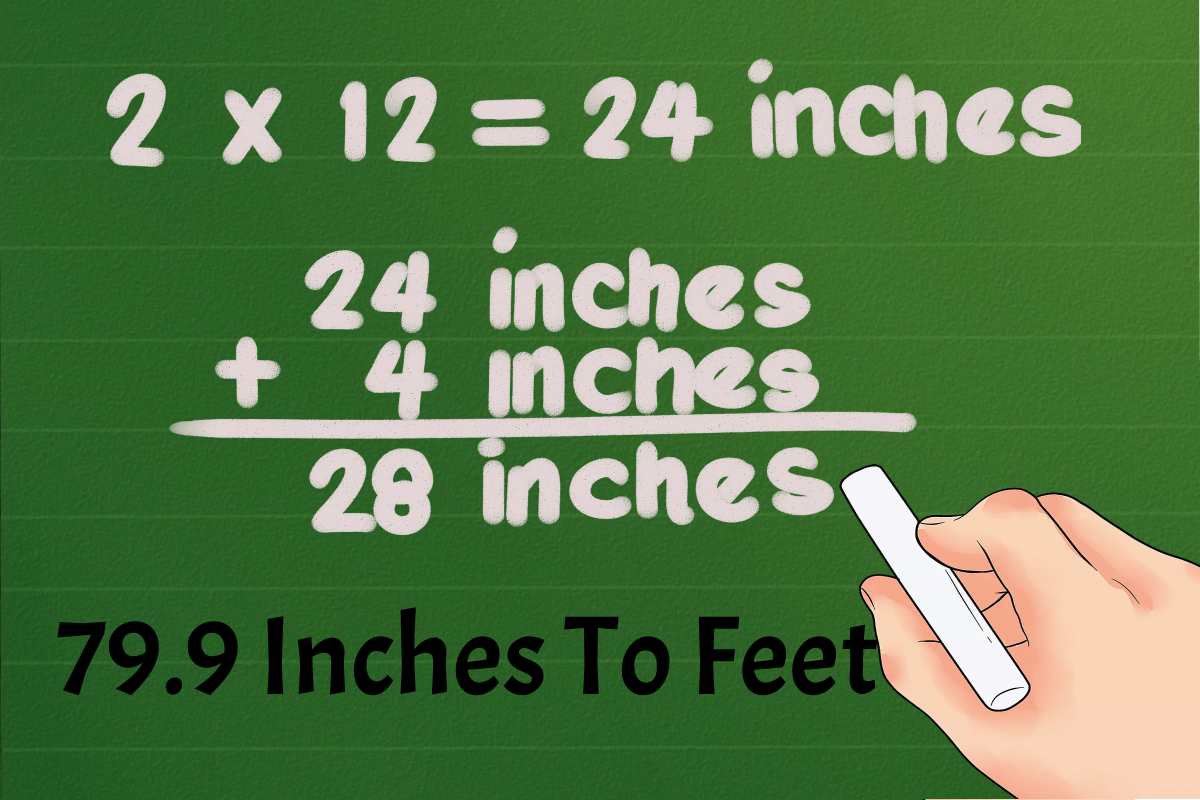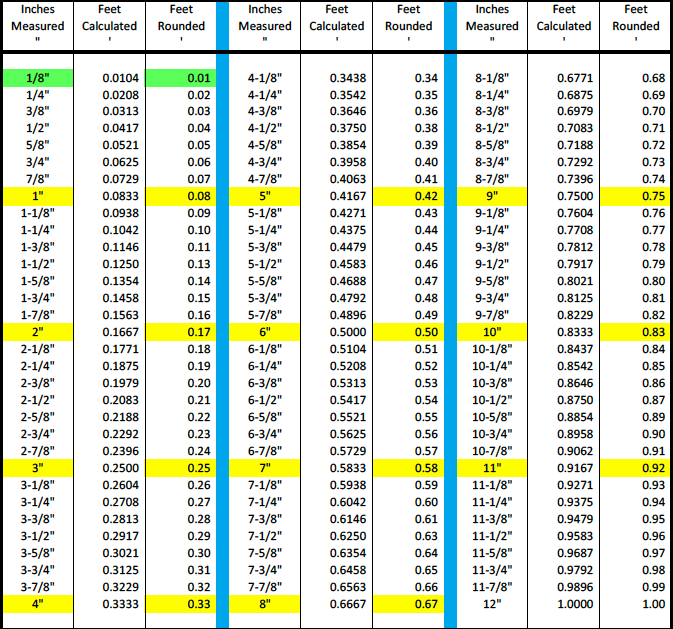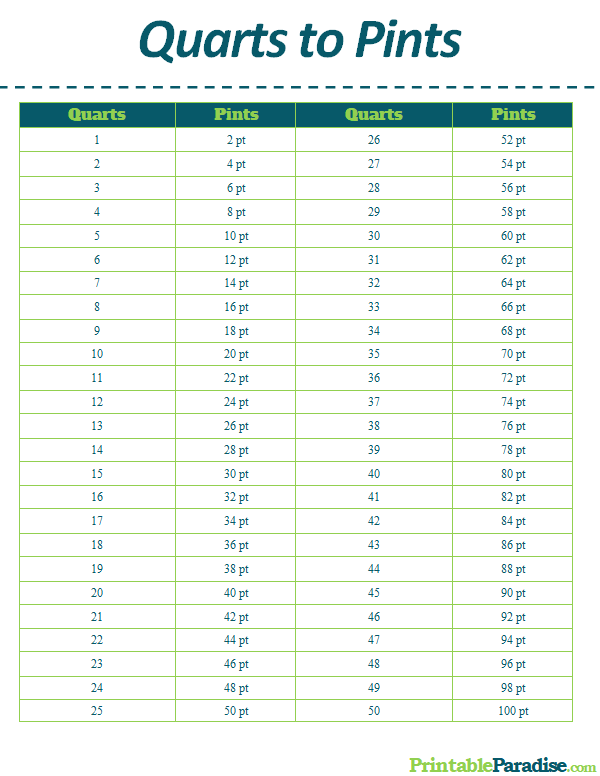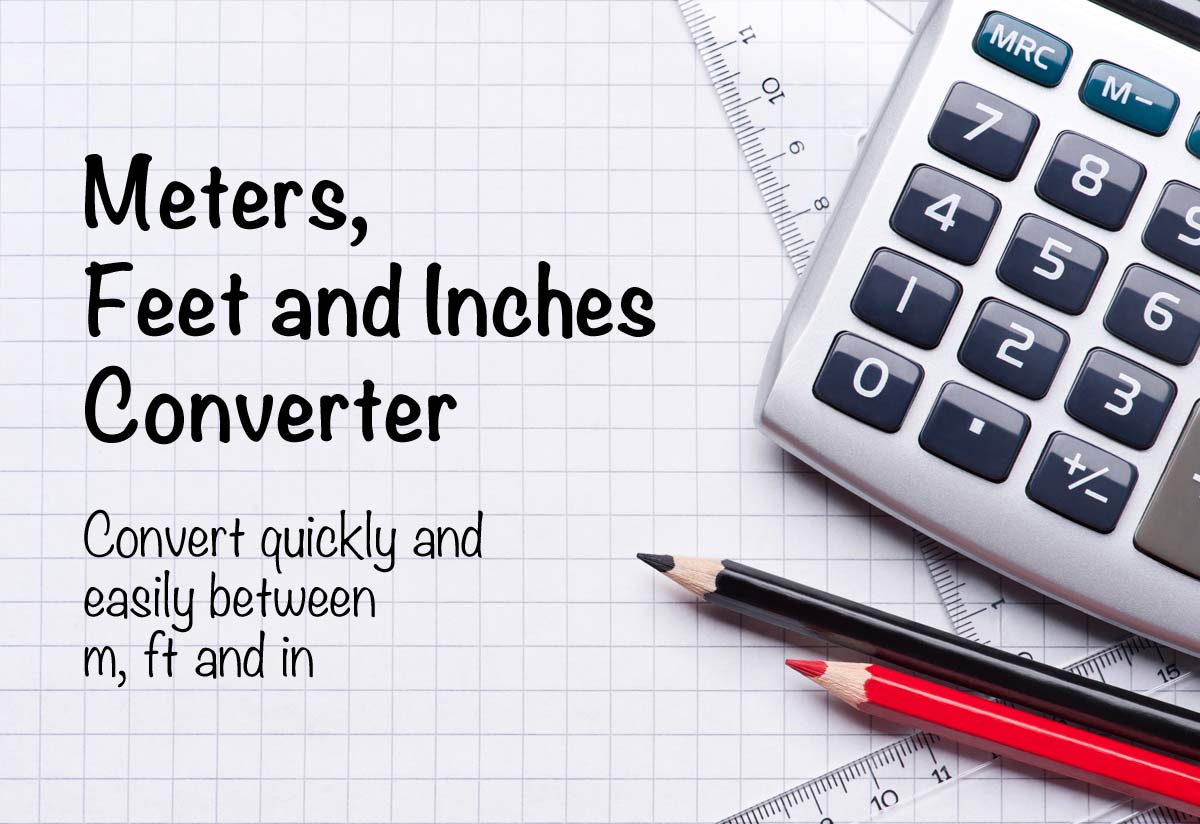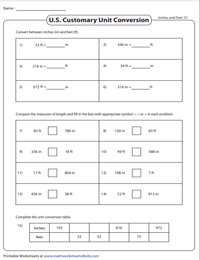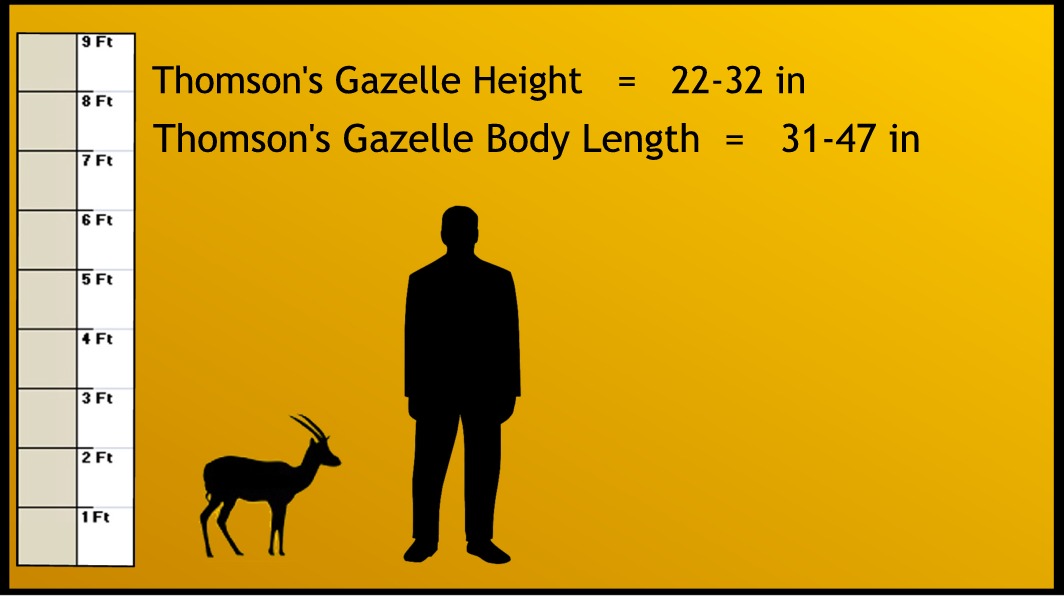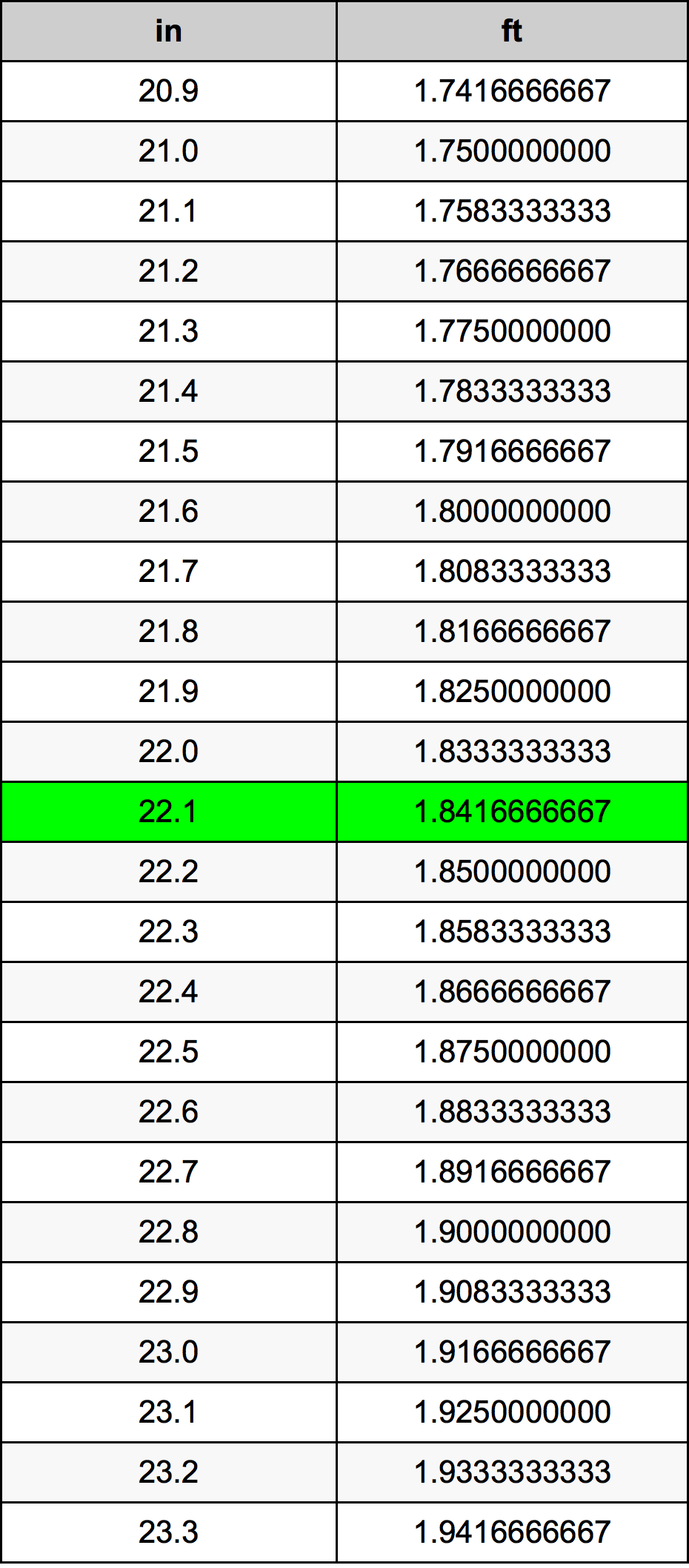1.25 feet (ft) visit 15 feet to inches conversion.15 inches is equivalent to 1.25 feet.
So all we do is multiply 15 by 0.083333333333333:A foot (ft) is a unit of length equal to 1/3 yards or 0.3048 meters.The site also includes a predictive tool that suggests possible conversions based on input, allowing for easier navigation while learning more about various unit systems.
25 inches is equal to 2.08333333 ft conversion table for quick reference purposes, below is a conversion table that you can use to convert from inches to feet.1 in ÷ 12 = 0.083333333 ft.
A great choice for the kids' bedroom.The water may drop to 14 feet on monday night, but remain above 13 feet.One inch equals 0.0833333 feet, to convert 2024 inches to feet we have to multiply the amount of inches by 0.0833333 to obtain the width, height or length in feet.
Since one foot is equal to 12 inches, you can use this simple formula to convert:15 inches = 1.25 feet.
Convert 2024 inches to feet.The international foot corresponds to human feet with shoe size 13 (uk), 14 (us male), 15.5 (us female), or 46 (eu).Why take up space with two machines when you can just use one?
According to the international standard of the foot, exactly 12 inches equal one foot, thus an inch is 1/12 of a foot.The result is the following:
A quick online length calculator to convert inches (in) to feet (ft).Though traditional standards for the exact length of an inch have varied, it is equal to exactly 25.4 mm.15 in = 1.25 ft.
To convert 15 inches into feet we have to multiply 15 by the conversion factor in order to get the length amount from inches to feet.Convert 25 inches to feet (show work) formula:
One inch is equal to 0.0833333333333 feet.
Last update images today 15 Inch To Feet
 NBA Trade Grades 2024-25: Breaking Down The Biggest Offseason Deals
NBA Trade Grades 2024-25: Breaking Down The Biggest Offseason Deals
Our annual first snapshot of MLB All-Star rosters is in the books, with 67 newly-minted names in place for 64 spots for the 2024 All-Star Game in Arlington.
The discrepancy stems from the fact that we already know that three initial selections (Fernando Tatis Jr., Mookie Betts and Zack Wheeler, all in the NL) won't appear in next week's game at Globe Life Field because of injuries and other extenuating circumstances. As ever, the gap between recognized All-Stars and those who will actually be in the game will only grow from here as more roster substitutions come to pass.
Before we launch into a few notes and takeaways on the selections, allow me to once again stipulate that it's not easy to put together these rosters. To remind myself of this, I go through the exercise, picking two 32-team squads using the same parameters in play for the real rosters. All in all, the selection process worked pretty well. Invariably there are deserving players who have been left out, for now, but those overlooked may yet receive good news in the days to come. At the bottom line, 49 of my selections made the official list of 67, up from 45 last year.
With so much agreement, the disparities tend to fall more under the umbrella of quibbles than controversy, but we're here to nitpick. Let's get to it.
American LeagueBiggest oversight: Jordan Westburg, Baltimore Orioles
Baltimore is well represented, getting three players on the first-blush rosters, but the first-place Orioles could easily have more. Westburg has cooled a little after a scorching start to the season, but my AXE ratings have him neck and neck with Cleveland's Jose Ramirez as the top first-half third baseman in the AL. Of the top 14 position players on the AL AXE leaderboard, 13 are on All-Star rosters, with Westburg (No. 9) the only omission.
Boston's Rafael Devers is on the roster based on player voting and he's a deserving choice. It's close between him and Westburg (128 AXE to 124). The biggest difference is contextual: Westburg ranks second in the AL with 2.9 wins probability added, well ahead of Devers' 1.7. Both players should be on the squad, but I left Devers off as one of my final cuts to meet the guidelines. If you can only have one of the two, I'd have gone with Westburg.
Second-biggest oversight: (tie) Willi Castro, Minnesota Twins and Josh Smith, Texas Rangers
Where's the love for the super-utility guys? I had Smith on my first swipe at a roster, though I ended up dropping him because I needed someone from the Rays and their most deserving player, Isaac Paredes, is a third baseman.
Value-wise, Smith and Castro are in a dead heat, as both have an AXE of 122. For Castro, you could make a case that he should be the only other AL second baseman beyond Jose Altuve. OK, he's not strictly a second baseman but a true utility player who has spread his time across five different positions. He has done this while playing, somewhere, every day and posting a career-best 126 OPS+. He has played at the keystone more than any other position.
You probably can't keep Smith and Castro, so either one would be fine by me. As for who would be replaced, that's easy: Marcus Semien. I love Semien but he has tailed off since a fast start, and I'm not sure that the players who voted for him noticed the fall-off. Since the beginning of May, Semien has hit .218 with a .630 OPS.
In other news: The fans in Arlington, where the All-Star game will be played, will not agree with my take on Semien.
Some other thoughts:
1. While I had the Angels' Tyler Anderson on my roster, he just missed my initial cut. I needed an Angel and he's the easy choice for that team, so on he went. Anderson was added by MLB to the squad, so apparently the process played out similarly in real life.
What's interesting is that the player I dropped for Anderson -- Chicago's Erick Fedde -- is a victim of two factors completely out of his control. Basically, the White Sox are so bad that you can't really justify having two members of their rotation on the team, especially when Anderson has been legitimately good. But if you can only have one member of the White Sox, that pretty clearly has to be Garrett Crochet, who arguably has been the league's best pitcher so far.
Anyway: How could a team that bad have two pitchers throwing that great? Well, it's baseball.
2. Clay Holmes? I had very few quibbles with the AL roster, but this was one of them. I tried to carry four relievers in my picks for each league, though I ended up trimming that to three in the NL after surveying the pool of worthy candidates for the pitching staff. The AL roster ended up with four relievers, with Holmes added as an MLB pick.
Holmes has been good, but there were more deserving relievers for that last staff slot -- Kenley Jansen (Boston Red Sox), Craig Kimbrel (Baltimore Orioles) and Andres Munoz (Seattle Mariners) are among them.
3. David Fry! This is one the process got right and I whiffed on. I very much wanted Fry on the AL roster but couldn't find the positional fit. But that fit should have been obvious: backup DH, behind fan-voted starter Yordan Alvarez. I went with Oakland's Brent Rooker on my fake roster, but Fry is the better pick. Because of Mason Miller's no-brainer selection to the AL bullpen, the A's didn't need a default selectee, which opens the door for Fry. Great to see him recognized, and he was voted in by the players, which has to mean a lot to him.
4. Starters: Just a quick tally of the fan voting here -- of the nine starting position players that topped fan balloting, I was in agreement at eight of the slots. The only disagreement was in the outfield, where I had Boston's Jarren Duran just ahead of Cleveland magician Steven Kwan. It was really close and Duran gets the edge from me just based on playing time. Still, the fans did a great job on the AL. We don't yet know the starting pitcher, but I'd go with Kansas City's Seth Lugo.
National LeagueBiggest oversight: Jake Irvin, Washington Nationals
The Nationals didn't need a default pick, thanks to budding star shortstop CJ Abrams, but Irvin should have made the squad. (And perhaps still will as a roster replacement.) The second-year righty has been one of the league's most consistent pitchers this season, though he has really picked up the pace over the past six weeks or so. Over his past nine outings, Irvin has gone 5-2 with 1.79 ERA. Overall, he's fifth in NL pitcher AXE (131), second in bWAR (3.0), fourth in ERA (2.80) and fourth in quality starts. Seems like an All-Star season to me.
Second-biggest oversight: Hunter Greene, Cincinnati Reds
Greene has a 130 AXE, slotting right in behind Irvin on my NL leaderboard among pitchers, making them the only two NL players at 130 or better left off the team. Greene has been less consistent than Irvin but he has posted eight starts with a game score of 60 or better. Increasingly he has turned his electric stuff into dominant results, an evolution evident in his bottom line -- a 124 OPS+ and less than a homer allowed per nine innings despite being based at Great American Ballpark.
To accommodate my two overlooked starters, I would simply have carried two fewer relievers than the five who are on the NL squad. The players selected both Jeff Hoffman and Matt Strahm from the Phillies. Both have been great but given the scarcity of space, I'd have gone with the starters, who create more overall value.
A few final thoughts:
1. Two of the NL relievers who made it -- Ryan Helsley (St. Louis Cardinals) and Tanner Scott (Miami Marlins) -- were their team's only selection. I reached the same conclusions with my picks, though both have earned their way on with good first halves. Still, you can't drop either one because of the every-team requirement.
My third NL reliever was Milwaukee's Trevor Megill, who was left off the actual NL roster, possibly in favor of San Diego's Robert Suarez. I don't have a huge problem with that, other than I think the Brewers' bullpen deserves a rep. You could go with Megill or out-of-nowhere rookie lefty Bryan Hudson, but that group deserves some sort of nod.
2. The fans voted Philadelphia Phillies shortstop Trea Turner in as a starter, which I disagreed with only because of how much time he has missed and how good so many NL shortstops have been. You certainly can't argue with Turner's eye-popping percentages, but he has just missed so many games.
The pick of Turner may have had a cascading effect on the overall roster.
Last year, when reacting to the All-Star rosters being released, I wrote this: "In addition, Pete Alonso made it as the lone Met on the roster (who would have predicted that three months ago?) and it's questionable that Alonso really deserves a spot. Yes, he hits the ball far but I'm kind of over the .200-ish hitter who hits a lot of homers, and Alonso doesn't even draw that many walks. The default Met could have been outfielder Brandon Nimmo, which would have better balanced the roster."
Well, it all happened again! Once again, Alonso is the only representative from the Mets and was added by MLB during the last part of the process. Once again, while he's productive, there are more deserving players around the NL and in his own clubhouse. And, once again, if you have to go with a default Met, Nimmo would be the perfect choice.
This time, however, you could flip a coin between Nimmo and Francisco Lindor. But with Turner, Betts, Elly De La Cruz and Abrams on the roster, it was getting crowded at shortstop, even with Betts out. Nimmo should be a replacement pick if the NL has to swap a position player.
3. Starters: I agreed with the fans at seven of the nine spots on the NL side, and the differences are miniscule. In the outfield, I have Nimmo just ahead of Christian Yelich (126 to 125 in AXE), but it's so close that the order could flip by the time you read this. It's hard to complain about that. Finally, while I agree with the NL All-Star catching selections of Will Smith and William Contreras, I would have given Smith the starting nod over the fan selection, Contreras. It's a close call on the starting pitcher for the NL, but I'd go with Atlanta's resurgent Chris Sale.
Once again: Good job, fans.


